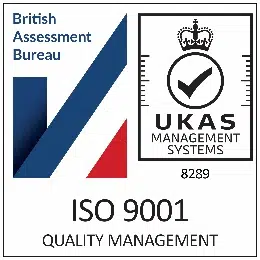Fires are one of the most powerful natural forces that humanity has learned to harness, yet they remain a formidable threat to life, property, and the environment. Understanding the dynamics of how fires start, spread, and can be controlled is not just a matter of curiosity but a crucial aspect of ensuring safety and minimising damage. This knowledge is vital for everyone from homeowners to business operators, from students to professionals in the fire safety industry. It empowers individuals and communities to take proactive measures in fire prevention, management, and response.
The purpose of this article is to demystify the science behind fires. By dissecting the mechanisms of how fires ignite and propagate, we aim to provide a comprehensive guide that enlightens and equips readers with the information necessary to understand fire behaviour and adopt effective strategies to prevent and combat fires.

How Do Fires Start?
At the heart of understanding how fires start is the concept of the fire triangle. A fire needs three elements to ignite and sustain itself: heat, fuel, and oxygen. Removing any one of these components will extinguish the fire.








 Powered by
Powered by